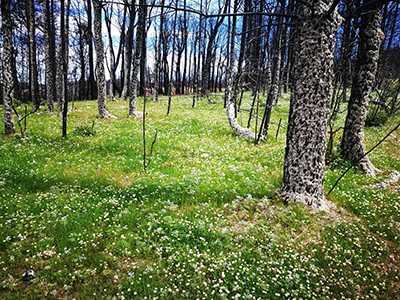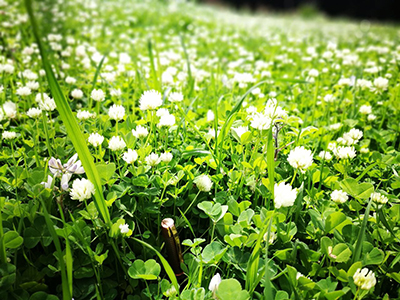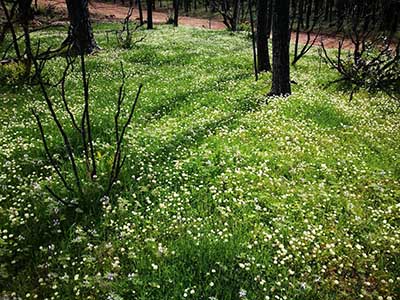Operation Hot Chile Overview
Notably in 2017, the IECA SOIL Committee in conjunction with the IberoAmerica Chapter and IECA Region One created Operation Hot Chile to help with recovery efforts for the Chile wildfires. After the devastating wildfires in Chile, IECA put out a call for companies to make donations to aid in the remediation efforts. Four companies answered that call, including Profile Products, EMIN, NT Ambiente, and HTM. Those four companies applied hydroseeding as a demonstration project in a Government property severely burned by the fires last summer. In the photos you can see the before and after photos of this Government property. The next stage of Operation Hot Chile will be in May, when some of these companies will be hydroseeding parts Santa Olga, a town close by that simply disappeared after the wildfires. IECA will be putting out a new call in May seeking companies to aid in revegetation of this small town, so that it looks full of wildflowers by the end of next winter. In these pictures you can see the impact of the fires, the landscape reminds horrible. It would be a big impact if we can revegetate this land.
Onsite Assistance
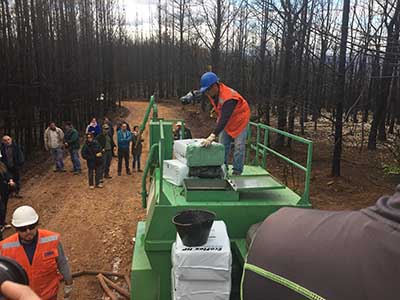
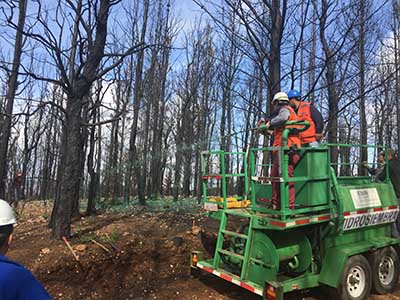
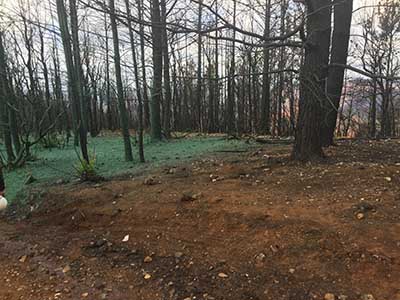
Post Relief
